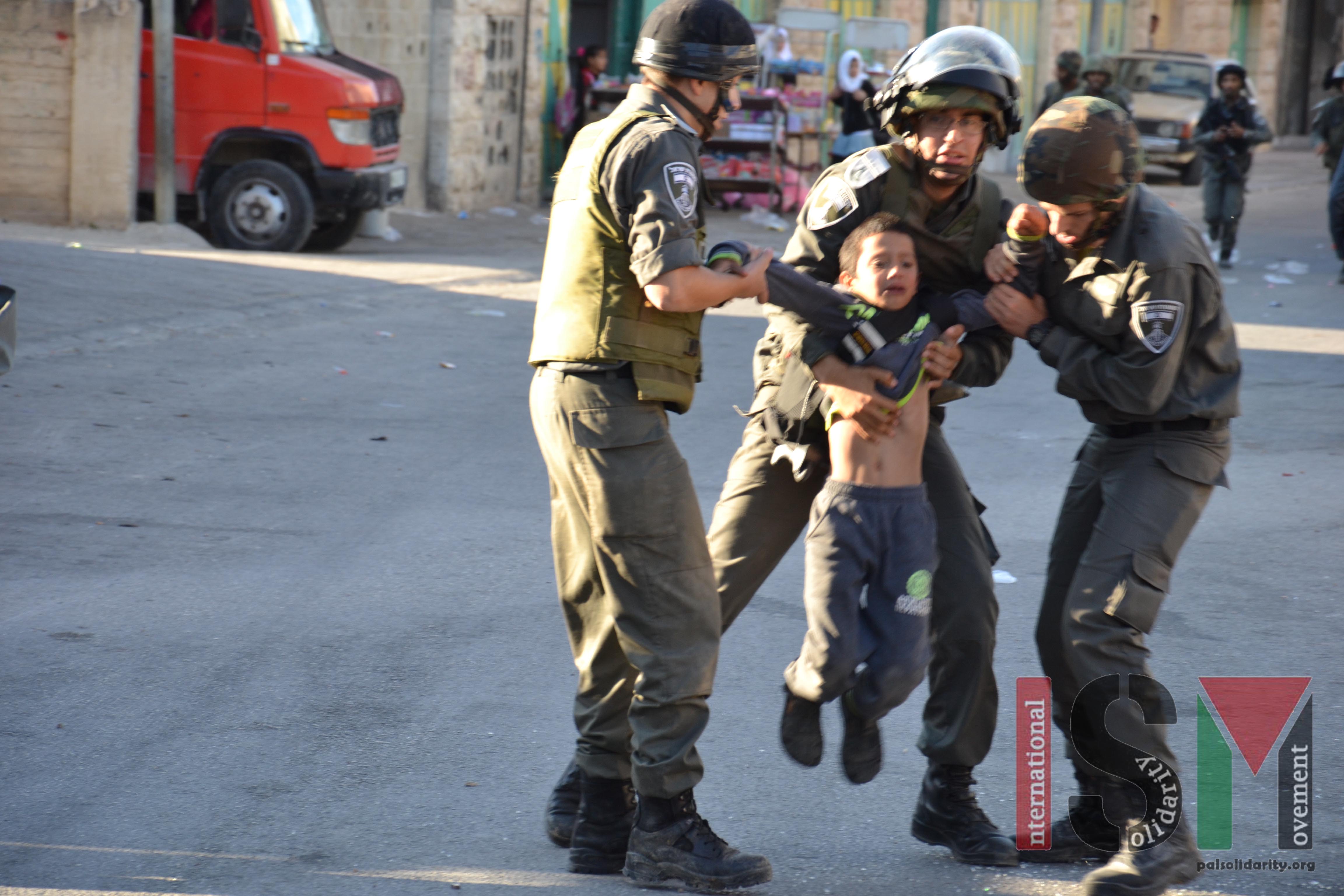Tag: Child Arrest
-
VIDEO: Seven-year-old violently detained, one child and two adults arrested
8th September 2014 | International Solidarity Movement, Khalil Team | Hebron, Occupied Palestine This morning in al-Khalil (Hebron), through the Salaymeh checkpoint, a seven-year-old was forcefully detained and three more were arrested, including another child. At 07:40, approximately six young children started throwing small stones towards the checkpoint. A few minutes later a group of Israeli border…
-
Interview with 15-year-old Awne Shamsiyeh: “the camera is like a weapon, so I can resist non-violently”
29th June 2014 | International Solidarity Movement, Khalil Team | Tel Rumeida, Occupied Palestine In Al-Khalil (Hebron) in the Tel Rumeida area, 15-year old Awne Shamsiyeh lives with his family. After the Hebron Agreement (1997), the city was divided into two areas, H1 (supposedly under full Palestinian Authority civil and security control) and H2, (under full Israeli military civil…
-
Four Palestinian 12-14 years old girls detained after settlers accused them of stealing cherries
29th May 2014 | Operation Dove | At-Tuwani, Occupied Palestine On May 27th, four Palestinian 12-14 years old girls from the South Hebron hills villages of Tuba and Maghayir Al Abeed were arrested by the Israeli police on the charge of theft of cherries in a field in which Israeli settlers from Ma’on settlement are growing several cherry…



